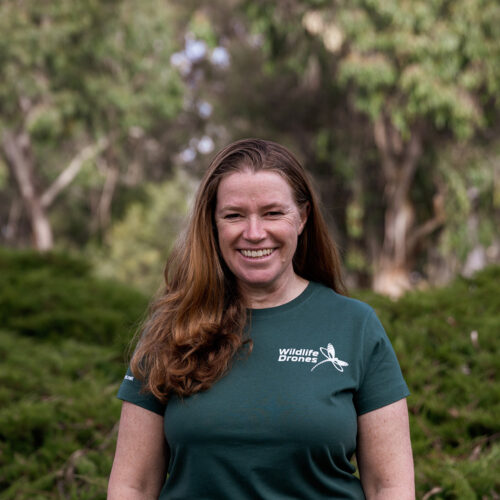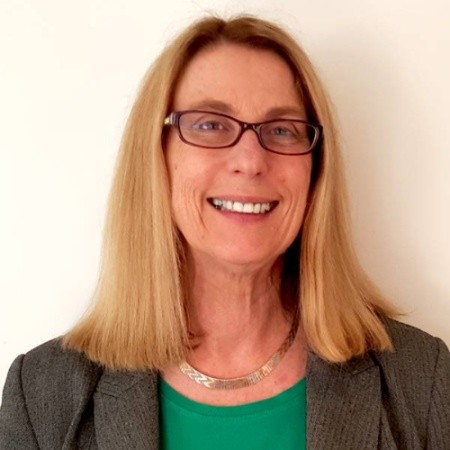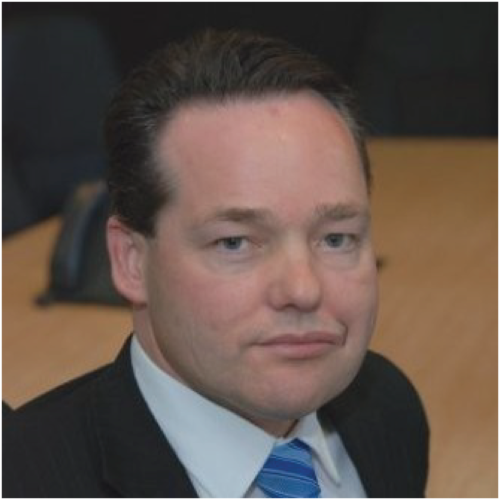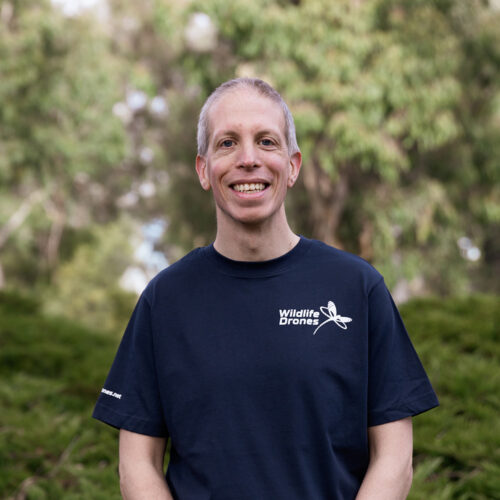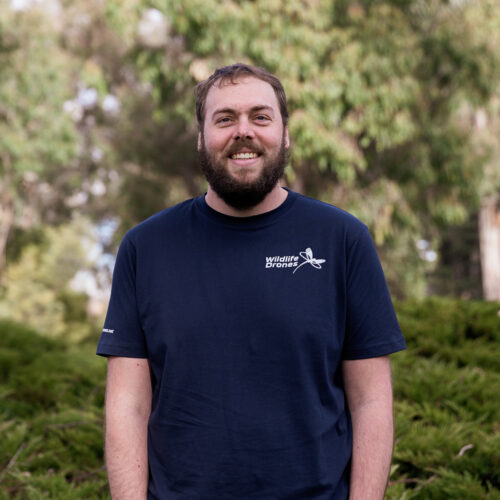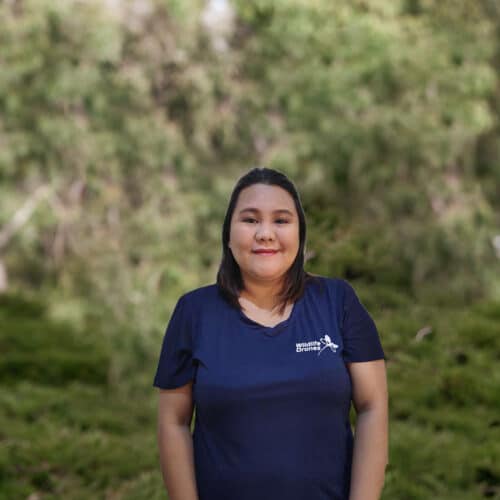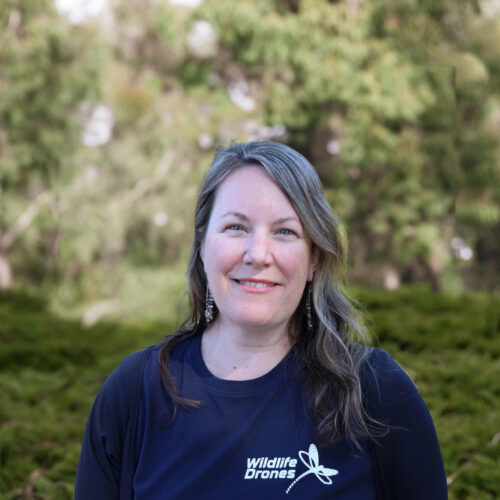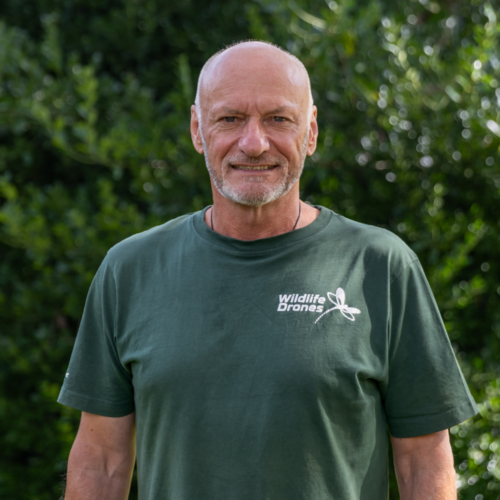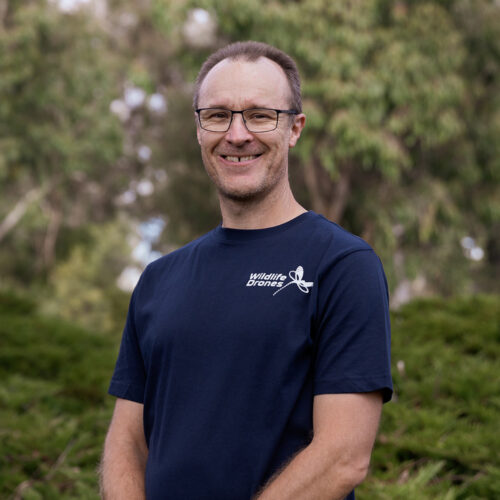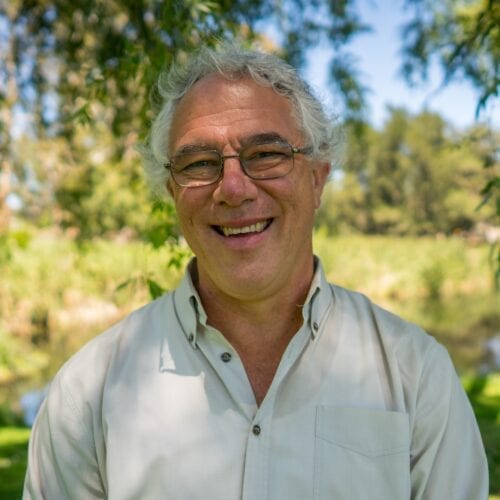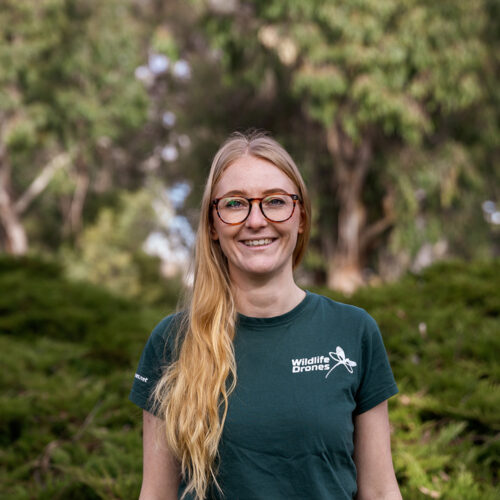Tracking animal movements has always been fascinating to me. At a glance, their movements might seem random and unpredictable. But if you look closer, you might understand what factors are driving where they go and why.
Dr Debbie Saunders is the Founder, CEO & Chief Remote Pilot, as well as the resident Conservation Ecologist at Wildlife Drones. If you’ve ever tracked a wild animal before, you know how frustrating it can be. Conventional methods of animal tracking are either too inefficient, difficult, or expensive. As a result, Dr Saunders was determined to develop a solution and Wildlife Drones was born.
What do you do at Wildlife Drones?
I am the Founder, CEO & Chief Remote Pilot, as well as the resident Conservation Ecologist.
What does a day at work look like for you?
I typically start the day by catching up with clients about their radio-telemetry and thermal imaging projects from across Australia and around the world. This includes tracking everything from invasive hornets to endangered birds and koalas, to highly venomous snakes! I then catch up with my whole team to see how everyone is going, before diving into the operational tasks of the business.
What do you like most about working at Wildlife Drones and why?
Definitely working with an inspiring, smart and innovative team of people every day! I also love talking to people about their amazing wildlife projects that are having a huge positive impact on protecting and more effectively managing the world’s biodiversity.
What is your favourite project at Wildlife Drones and why?
Oh no, do I have to have a favourite? I love so many of them! It’s great to see all the initiatives by both government and non-government organisations, as well as private consulting companies, who are embracing drone technology and pushing the boundaries of what is possible for improving conservation.
Early in our journey as a start-up, I was very grateful for some amazing opportunities to visit some of our clients’ study sites, including tropical forests in Vietnam and remote islands off the coast of New Zealand and Western Australia – all totally wild and amazing places, and inspiring people to work with.
I’m excited about the future of Wildlife Drones. I am passionate about continuing to advance our technology and empowering more people to track animals like never before
If you could choose, what animal would you like to track?
The swift parrot of course! It has to be one of the most fascinating species on the planet with dynamic migration patterns and wonderful larrikin personalities. I have been very fortunate to work on this species for more than two decades, and we know a lot more than we used to, but there is still so much to learn.
Your favourite Podcast?
The Mongabay news podcast is my current favourite – always insightful and fascinating.
What volunteering or passion projects do you do outside of work?
I help out with volunteer surveys of Swift Parrots for BirdLife Australia’s woodland bird program – it’s one of the longest-running volunteer survey programs in Australia and provides so much critical information to help protect this rapidly declining species. I also volunteer at my local ParkCare group to restore grassy woodlands in a nearby reserve.
Funniest wildlife tracking story
When I first started out radio-tracking possums using traditional hand-held equipment many years ago, I spent the best part of an entire day trying to track a single tagged animal that had signals bouncing in all directions. It turned out that I had actually been tracking a diamond python that ate the possum, and I had been walking around the rock it was curled up under all day!
If you want to find out more about Wildlife Drones, I’d love to show you how our technology can help you!

